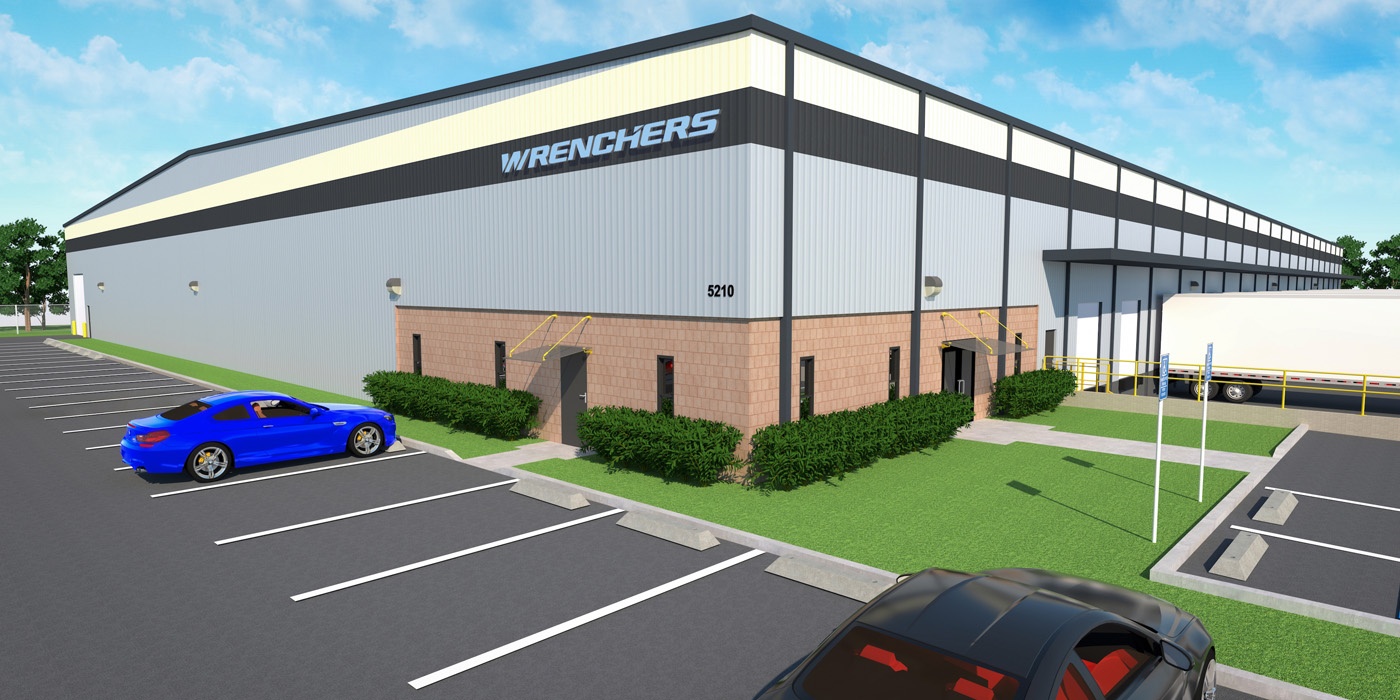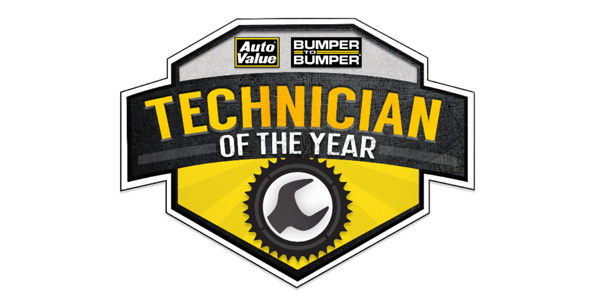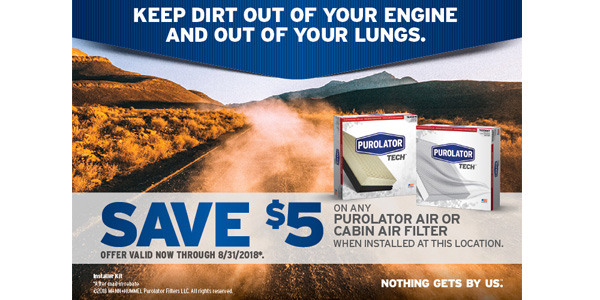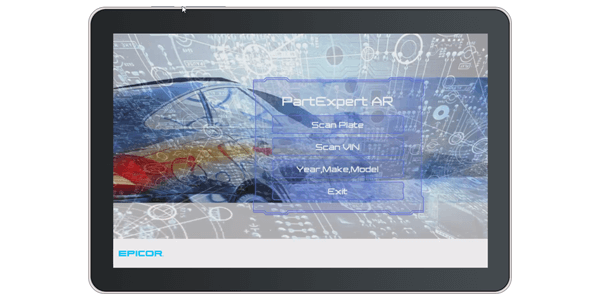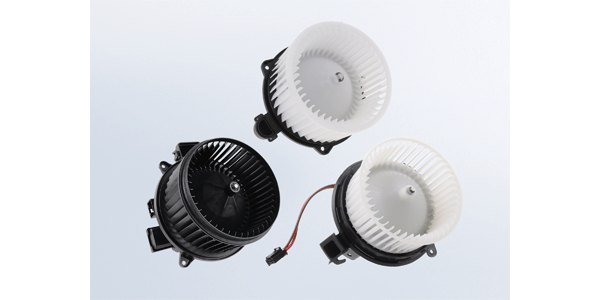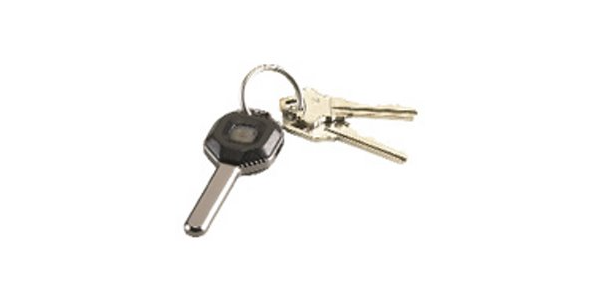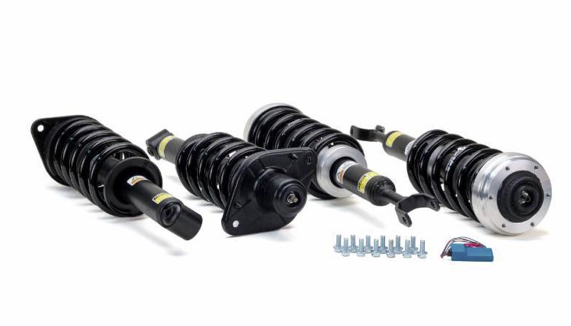Engine drive accessories such as serpentine belts and V-belts are sold primarily as replacement items rather than maintenance parts. The same goes for all types of hose: upper and lower radiator hoses, heater hoses, fuel hose, emissions hose, vacuum hose and brake hose.
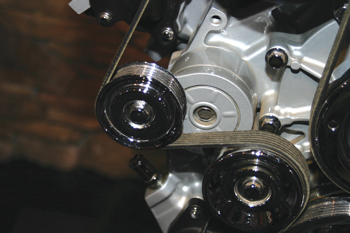 One reason why few motorists replace a belt or a hose until it fails is because most vehicle manufacturers do not have a recommended replacement intervals for engine drive belts or hoses. Inspection may be recommended every 30,000 to 50,000 miles, or when a vehicle is in for an oil change, brake work or other repairs. The assumption is these parts will last an undetermined number of miles, and do not need to be replaced until they show signs of wear or failure.
One reason why few motorists replace a belt or a hose until it fails is because most vehicle manufacturers do not have a recommended replacement intervals for engine drive belts or hoses. Inspection may be recommended every 30,000 to 50,000 miles, or when a vehicle is in for an oil change, brake work or other repairs. The assumption is these parts will last an undetermined number of miles, and do not need to be replaced until they show signs of wear or failure.
That’s a bad assumption to make. Here’s why. The original equipment belts (and many hoses) on most late-model cars are made of EPDM, a very durable and ozone-resistant type of synthetic rubber that retains its like-new appearance for many years and tens of thousands of miles. EPDM doesn’t crack as it ages as natural rubber and some other synthetic rubbers do. The motorist therefore assumes that because the belt (or hose) still looks good, there’s no reason to replace it until it fails completely.
The problem with this type of thinking is that you never know when a high-mileage belt or hose might fail. By high mileage, we mean belts and hoses with more than 75,000 to 100,000 or more miles on them since they were new. Under normal operating conditions, serpentine belts made of EPDM can have a service life of up to 100,000 miles or more, but not all belts go the distance.
Factors that can accelerate belt wear and lead to premature failure include dirt, grease and oil contamination, pulley misalignment and slippage due to loss of tension by the automatic tensioner. Slippage can wear the grooves in the underside of the belt, causing it to lose its grip. That, in turn, can cause belt noise and may contribute to engine overheating (slipping water pump), battery undercharging (slipping alternator), reduced power steering assist (slipping power steering pump) or reduced A/C cooling (slipping A/C compressor).
If a worn, high-mileage belt is not replaced, it will eventually snap, leaving the motorist stranded who knows where?
Belt wear can be checked with a simple belt gauge that fits into the grooves on the underside of the belt. If the gauge is flush with the tops of the grooves, the belt is worn and needs to be replaced.
Belts on older vehicles that are made of rubber or other synthetic rubbers should be replaced if they show cracking, fraying or chunking, or are slipping because of grease or oil contamination.
If a customer is buying a replacement serpentine belt for his vehicle, a related part that might also need to be replaced is the automatic belt tensioner. The tensioner should always be inspected when the belt is changed, or when a belt is noisy or has slipped off its pulleys. A new tensioner is needed if the coil spring, pivot bearing or pulley bearing are worn, making noise or badly corroded. A weak tensioner will typically allow the belt to flutter or vibrate when revving the engine.
One type of belt that does have a recommended replacement interval is the timing belt on overhead cam engines that use a belt instead of a chain to drive the cam and valvetrain. On older vehicles, the belt replacement interval was typically 60,000 miles. But on most newer vehicles with EPDM timing belts, the interval ranges from 100,000 to 120,000 miles. This is one maintenance job that should NOT be postponed because a belt failure can result in expensive valve damage on engines with tight valve-to-piston clearances (interference fit engines).
Like belts, many coolant hoses on late-model vehicles are also made of EPDM and other long-lived synthetic materials to provide a long service life. Most vehicle manufacturers have no replacement intervals for coolant hoses (or any other hoses), but that doesn’t mean these parts last forever. Coolant hoses age from exposure to heat, ozone, oil and grease contamination, but mostly from internal electrochemical degradation. The latter can form cracks and pits that eat away the hose from the inside out until eventually the hose perforates and starts to leak. Because of this, the risk of failure goes up with the age and mileage on the hoses.
Any hose that is cracked, leaking, blistered, bulging or shows other damage should be replaced. Hoses should also be inspected for signs of rubbing or chaffing that might lead to hose failure.
New radiator and heater hoses should always be recommended for any customer who is replacing a water pump, thermostat, heater core or radiator. By the time these other cooling system parts fail, the hoses likely need to be replaced, too. New clamps are also recommended because factory pinch-ring style hose clamps can weaken with age.
It’s a similar story with other types of hose. If a related part is being replaced because of a failure, replace the hoses, too. That goes for fuel hose when replacing a fuel pump, emissions hose when replacing a PCV or EGR valve, or vacuum hose when replacing a brake booster or fuel pressure regulator.
Make sure your customer gets the correct type of hose for the application. Hose materials will vary depending on what kind of chemicals they have to withstand, and what kind of operating pressures (or vacuum). Fuel hose for a late-model fuel injected engine may have to withstand up to 80 PSI or higher. Other types of hose may not be able to handle this kind of pressure. High-pressure ratings are also required for brake hose and power steering supply hoses.

